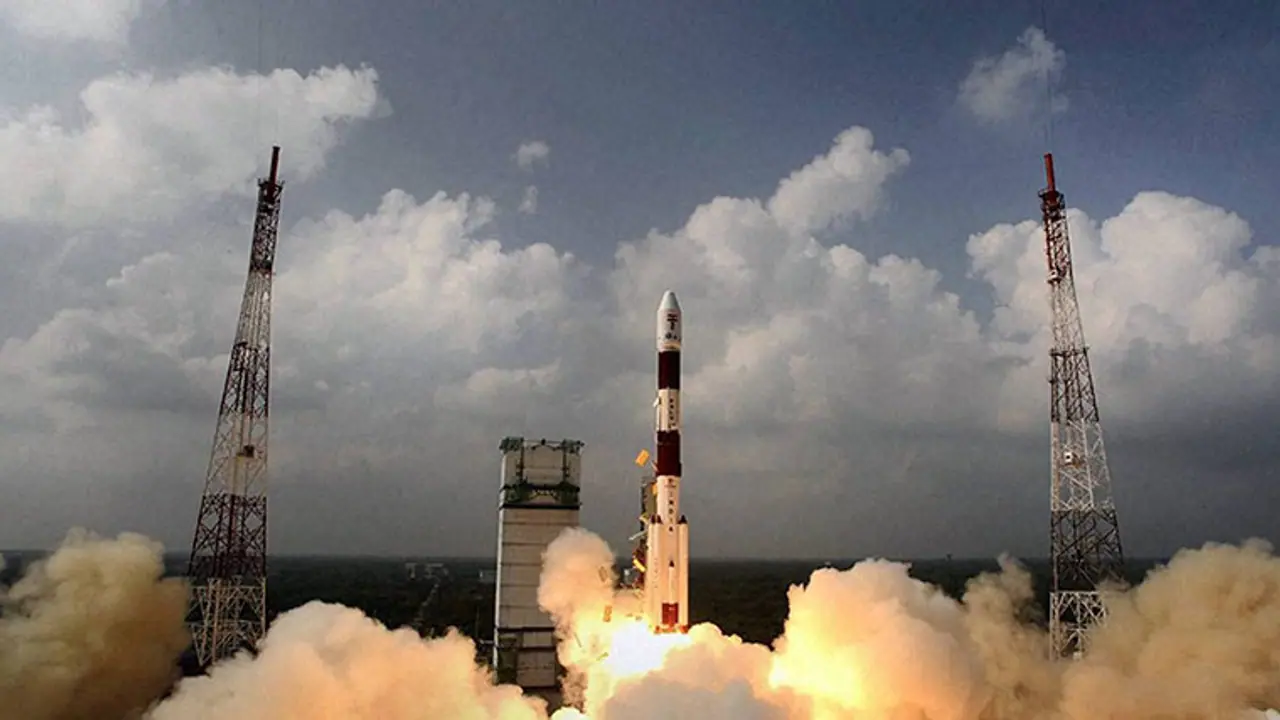The Indian Space Research Organization (ISRO) on Sunday successfully tested its scramjet engine at the Satish Dhawan Space Centre(SDSC) in Sriharikota.

The scramjet engine, also known as the air-breathing engine because of the technology it uses, will eventually be used to power ISRO's reusable launch vehicle (RLV) at hypersonic speed. According to reports, the test launch took place at 6 am.
During the experiment in SDSC, the scramjet engine, affixed to a two-stage RH-560 sounding rocket developed in the 1970s, was ignited at an altitude of 20 km and allowed to burn fuel for five seconds before the rocket falls into the Bay of Bengal.
A senior ISRO official told news agency IANS that the mission was successful. “Two scramjet engines were tested during the flight. The finer details about the test will be known later.” The official also said that as scheduled the two stage/engine RH-560 sounding rocket took off from the rocket port at SDSC in Sriharikota, Andhra Pradesh.
According to reports, the two air breathing engines were at the sides of the rocket and the scramjet (Supersonic Combustion Ramjet) engines would use the atmospheric oxygen when the rocket reaches a height of 11 km. “The scramjet engines were ignited 55 seconds into the rocket’s flight. The engines were tested for six seconds,” the ISRO official added.
Also read: ISRO takes 'baby step' ahead of grand leap
Space agencies across the world are focussing on the development of scramjet technology because it contributes to smaller launch vehicles with more payload capacity and promises cheaper access to outer space.
Director of Vikram Sarabhai Space Centre K Sivan before the launch told Times of India the experiment was important, as the engine will eventually be used in the RLV.
"It can be used in the ascent and descent of the RLV when the vehicle is in the atmospheric phase where oxygen would be available," Sivan added.
Following the test on Sunday, the scramjet engine will be tested on a full-scale RLV, while the vehicle will be tested for its ability to land on a runway. While many countries like Japan, China, Russia and Europe are in the initial or testing phase of supersonic combustor technology, NASA demonstrated scramjet propulsion in 2004. Isro had previously carried out a ground test of a scramjet engine in 2006.
